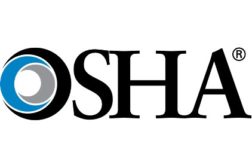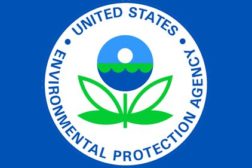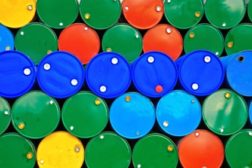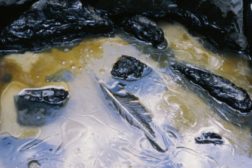Environmental Health and Safety
New 30,000-worker study confirms silica as carcinogen
Findings back OSHA’s new proposed silica exposure rule
October 4, 2013
California moves to regulate toxic chemicals in consumer products
Manufacturers will have to find safer alternatives
October 3, 2013
Tests on Gulf spill cleanup workers show altered blood chemistry
Exposure to oil, dispersants heightens cancer risk
October 2, 2013
Become a Leader in Safety Culture
Build your knowledge with ISHN, covering key safety, health and industrial hygiene news, products, and trends.
JOIN TODAYCopyright ©2025. All Rights Reserved BNP Media.
Design, CMS, Hosting & Web Development :: ePublishing






